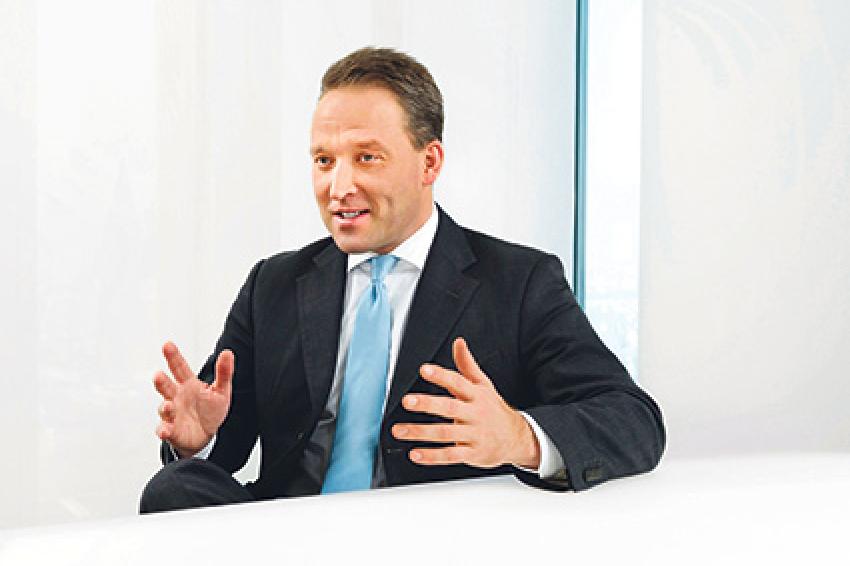Lanxess Proceeds With Rubber Carve-Out
07.08.2015 -
Germany’s Lanxess is carving out its synthetic rubber business off into a standalone company in preparation for a sale or a strategic partnership, CEO Matthias Zachert said in presenting financial results for the second quarter and first half of 2015.
The new entity is planned to include the Cologne-based company’s Tire & Specialty Rubbers (TSR) and High Performance Elastomers (HPE) business units, along with their supporting administrative functions.Together the units operate 20 production facilities and employ some 3,700 people.
The carve-out reflects the third phase of the three-phase realignment scheme launched by Zachert on his return to Lanxess as CEO two years. It is focused in particular on improving the competitiveness of the company’s business portfolio, especially through potential alliances in the rubber business.
“In this connection, we are currently engaged in very constructive discussions and assume that we will achieve concrete results in the course of the second half of the year,” said Zachert, while declining to name negotiation partners.
The CEO also did not reveal whether any of the companies management is talking to are interested in a complete takeover of acquisition of a majority stake. In the past, speculation has focused on Russian petrochemical giant Nizhnekamskneftekhim (NKNK) and Saudi Arabian oil group Saudi Aramco.
Zachert remarked, however, that Lanxess would not hesitate to “consolidate further.” He said management calculates market overcapacity of around 20%, not including the two new facilities started up by the company itself plans in China and Singapore in the second quarter. These investments were planned under Zachert’s predecessor Axel Heitmann, who stepped down in early 2013.
On the back of an improved second quarter performance in which sales rose 4.3% to €2.1 billion and EBIDTA pre-exceptionals by 7% to €270 million, Lanxess has lifted its forecast for 2015. It now expects adjusted EBITDA in the range of €840-880 million, compared with a previous target range of 820-860 million euros.








